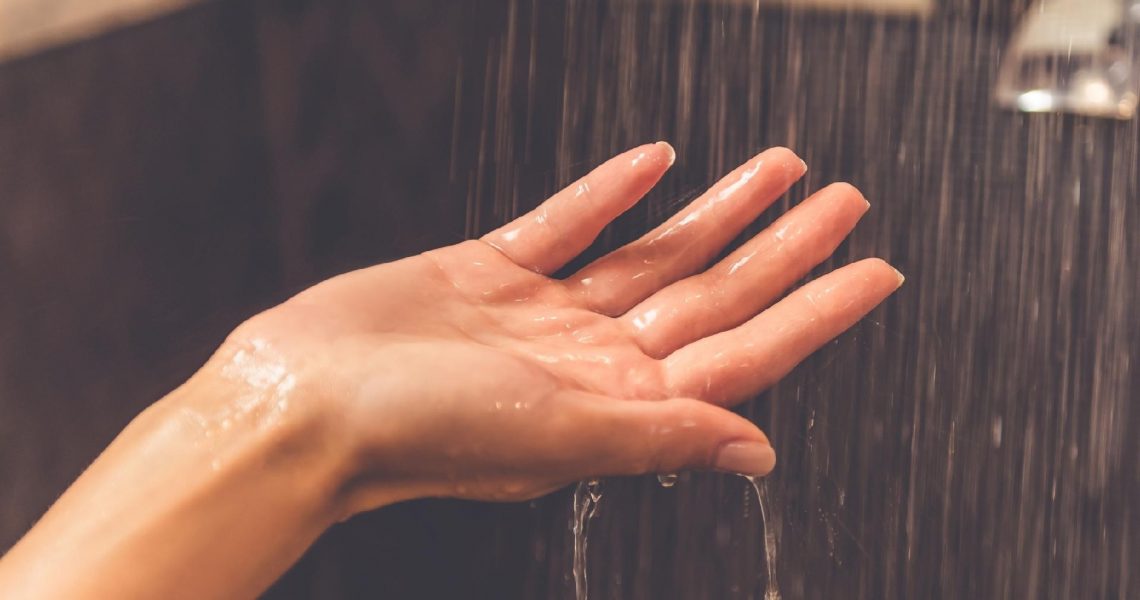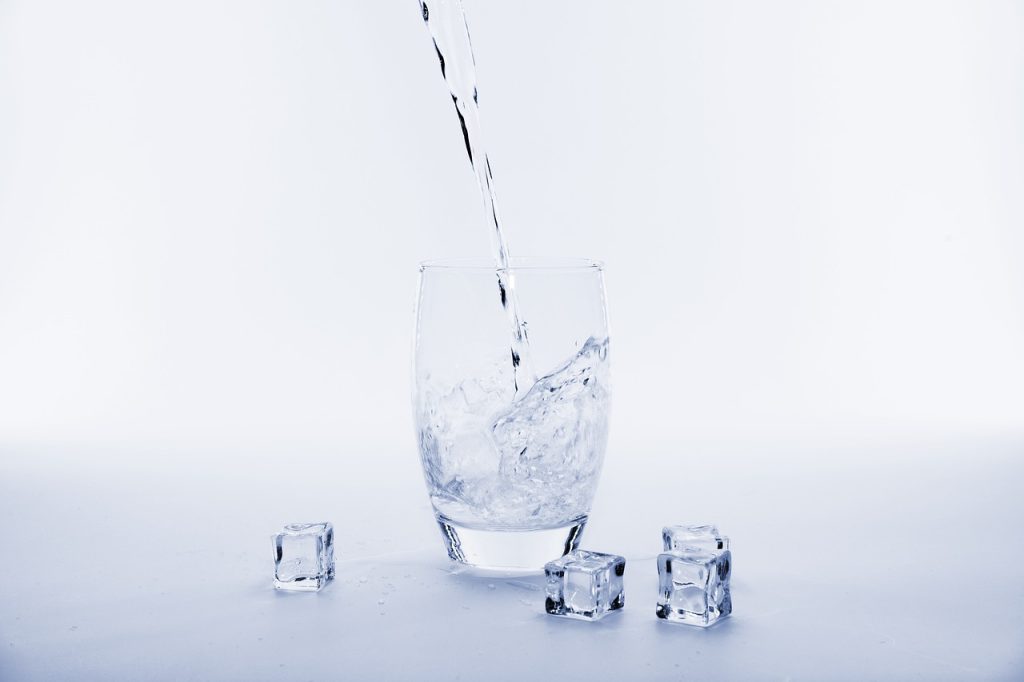Caliente Plumbing, Heating & Air is your San Antonio water softener installation expert. We have helped countless homeowners throughout the San Antonio area remove hard water from their home. If you notice that your home has been plagued by rust or excessive soap residue then you could have hard water running through your pipes. Give us a call to have a water softener inspected or installed and you’ll see instant results. But first, we have listed our most frequently asked questions when it comes to San Antonio water softeners.
FAQs
A water softener is a home appliance that is connected to your water supply system. They are eliminate high concentrations of calcium and magnesium that create hard water. This is done as the system swaps the minerals for something different. Usually that something different is sodium. As the water flows through your water softener, the hard water minerals are filtered out and replaced. This then allows the softened water to go into your plumbing system. This process is known as ion exchange.
Your San Antonio water softener works through ion exchange. This is how calcium and magnesium are removed from the water. Basically, when hard water enters your tank it goes through resin beads that are charged with a sodium ion. These resin beads have a negative charge, while the calcium and magnesium have a positive charge. The negative charge in the minerals is attracted to the positive charge inside the resin beads. When the water moves through the resin, the beads pull the mineral ions out of the water. The sodium ion is released. And just like that, your hard water becomes soft!
There are a couple of ways that you can tell that your water softener is working.
- Water spots — A water softener that is working properly shouldn’t be leaving hard water spots on your dishes. This is a sign of scale or mineral buildup.
- Water feels hard — Most people can quickly tell there is a difference in their water when the softener isn’t doing its job. After showering, your skin might feel dry and itchy. Or, it might be tough to get suds to form in your sink. Check if there are still salt pellets in your tank. If so, then the water softener may be having issues.
- Water pressure — A change in water pressure (reduction) or the quality of your water is a reason to have a professional take a look at your water softener.
You don’t want hard water in your home. Hard water is water that contains a significant amount of calcium and magnesium. Why is this bad? There are three problems with this. The materials in hard water react with the soap and detergent which hampers their ability to lather and form a precipitate and lessens the cleaning effect. The second problem is the creation of hard deposits. Scale can build up and get into your pipes which will restrict the water flow. If they end up in your water heater, it can restrict the heat transfer. This will not only limit the amount of hot water that you are getting, but can lead to parts overheating and possibly needing a new water heater. Water softening removes all of the minerals that are making the water hard.
If your home has issues with hard water, a water softener can be just what the doctor ordered. Water softening will help prolong the lifespan and preserve the efficiency of your many household machines/appliances that use water, including laundry machines, pipelines, air conditioning units and many more.
Your San Antonio water softener can last for up to 20 years if you have one that is high-quality. But the average is closer to 10-12 years. Unfortunately, they don’t last forever. But there are ways to help them last as long as possible. It is a good idea to have a professional inspection every couple of years or anytime you notice a possible issue with its performance. The only maintenance that homeowners typically need to do for a water softener is the periodic addition of new softening salts.
No, a water softener doesn’t create safe drinking water. You should make sure that your water is safe before you use a water softener to condition your water. Not sure if you have safe drinking water? Contact your health department for a water test.
The answer to this depends on your system and how often it needs to regenerate. When you look inside your tank and can see water above the salt, then you’ll know that it is time to add some salt. For most water softeners, this happens about every eight weeks or so.
It is important to understand that not every water softener should use the same salt. Some take block salt and others use salt granules. Make sure you know which is best for your system. There are also various levels of salt quality available. You might not want to settle for the cheap stuff. The harder that your water is, the higher quality your salt should be.
San Antonio Water Softener Specialists
Our water softener installation services begin with an on-site evaluation of your water to test for hardness. If we find that it is too hard, we will make recommendations for a San Antonio water softener. If you decide to have a water softener installed, we will work quickly, efficiently and affordably to make sure it’s done the right way, leading to effective results. We will ensure that you can enjoy clean, healthy water in your home or business. Give us a call today to schedule your in-home evaluation of your water system. Our certified professionals will work with you to achieve the best service at a price that won’t break the bank. Why wait? Start enjoying softer, healthier water today with a water softener installation from Caliente Plumbing, Heating & Air. If you have a water softener question that isn’t in this article, feel free to give us a call!


